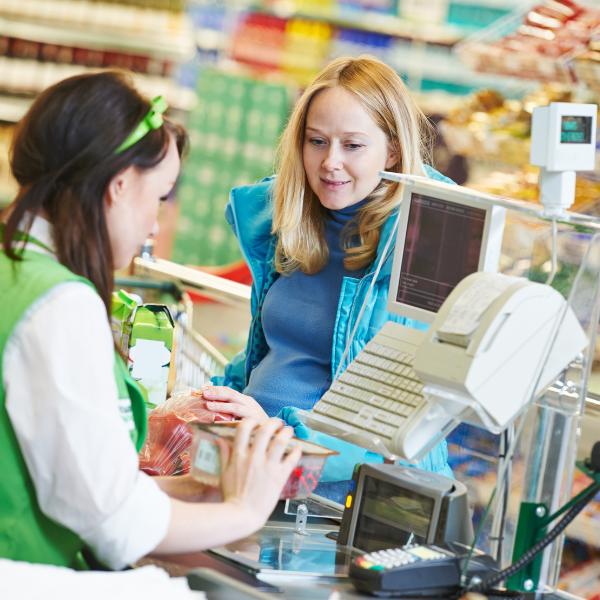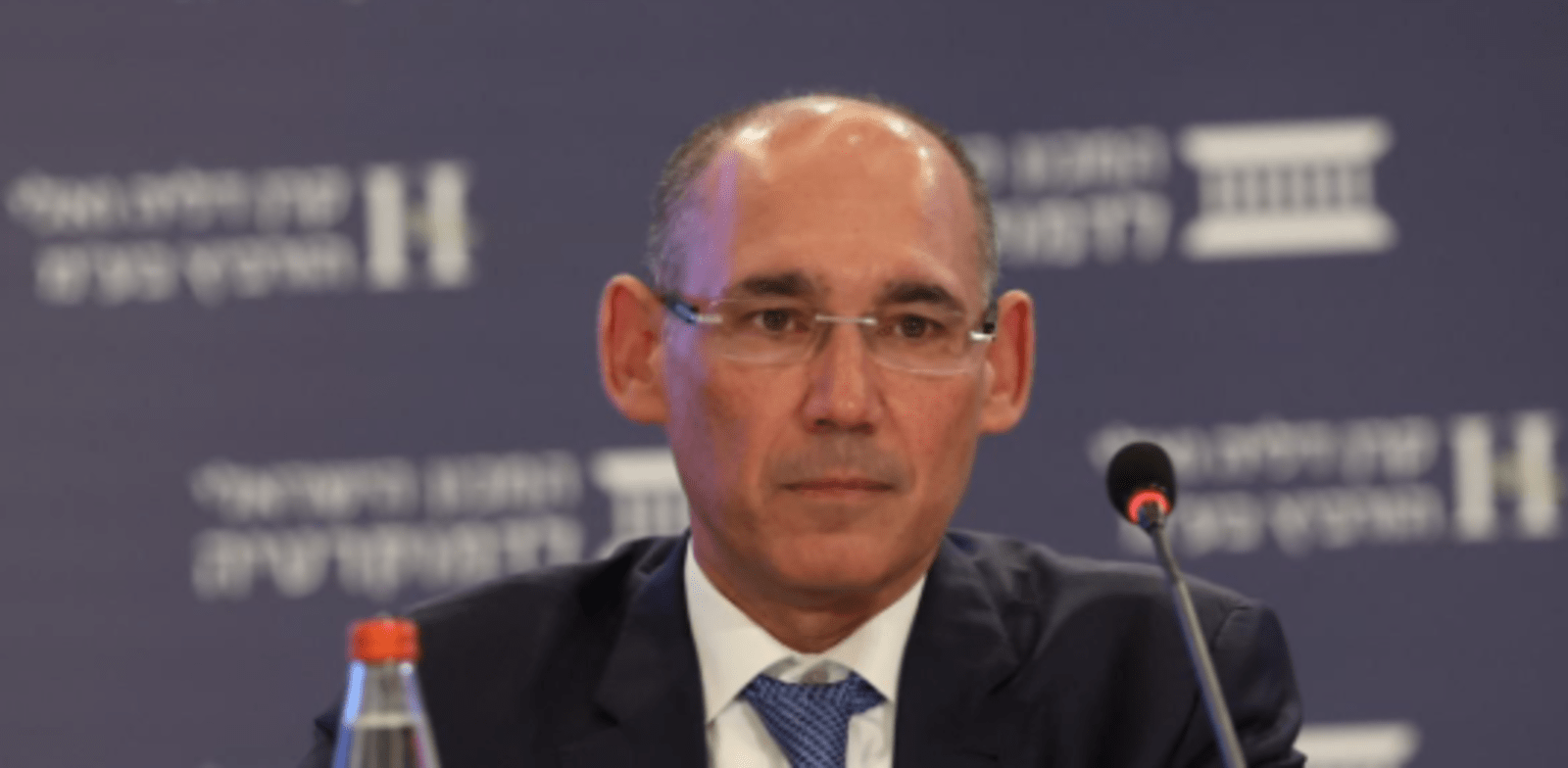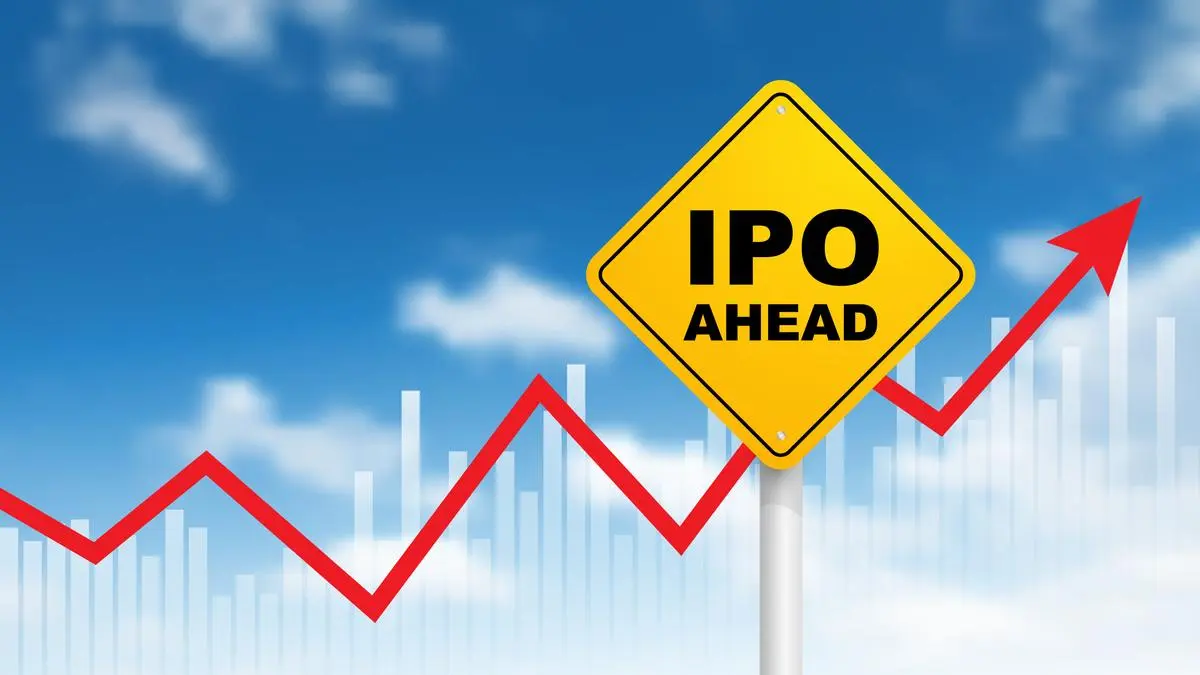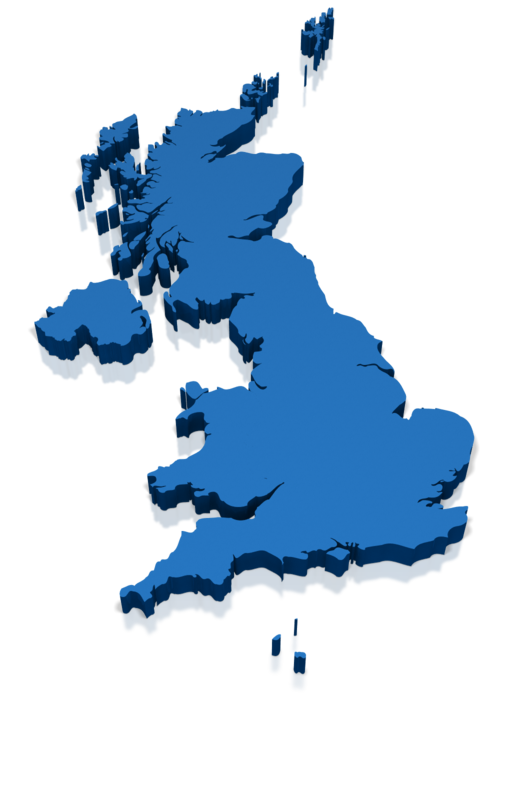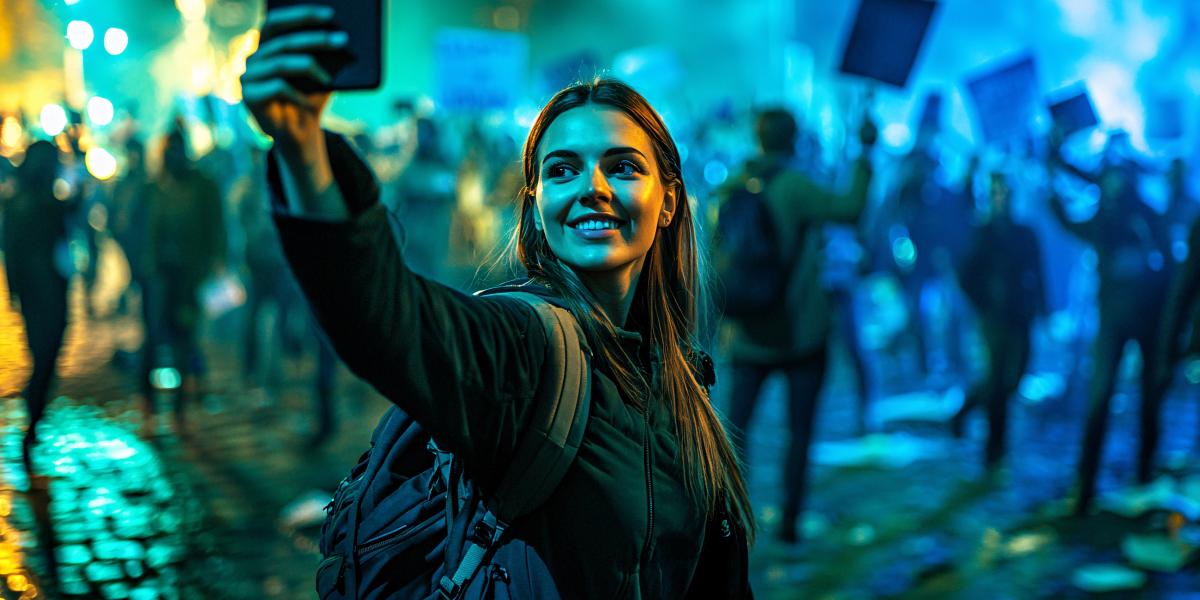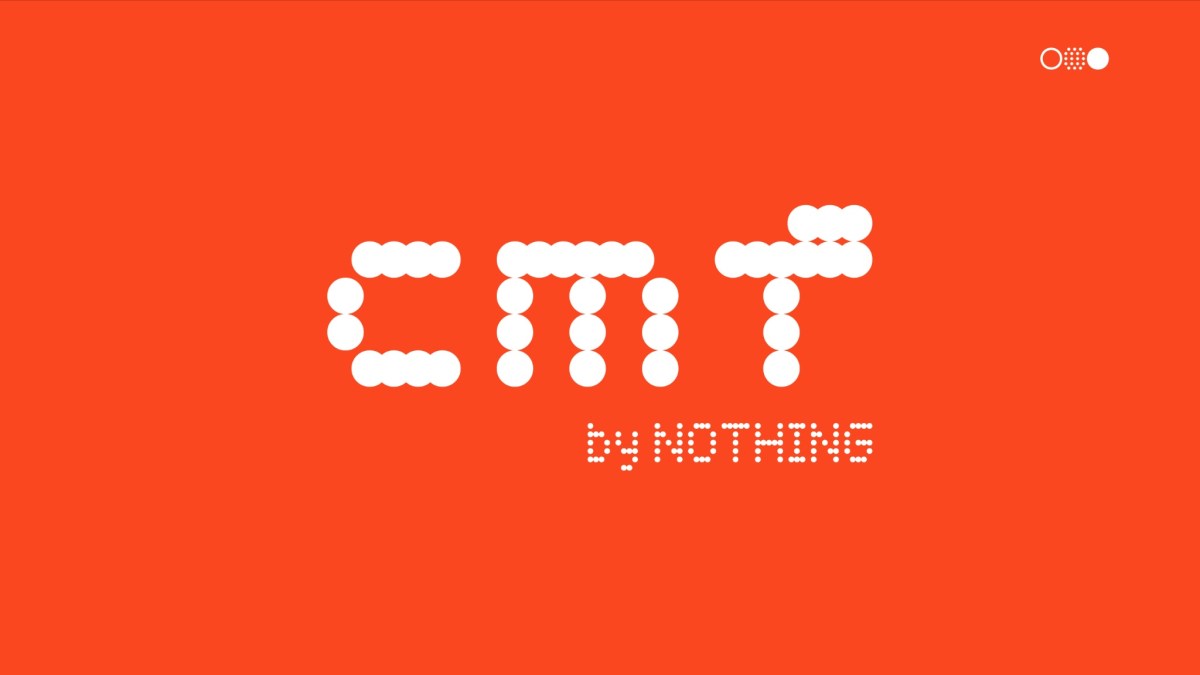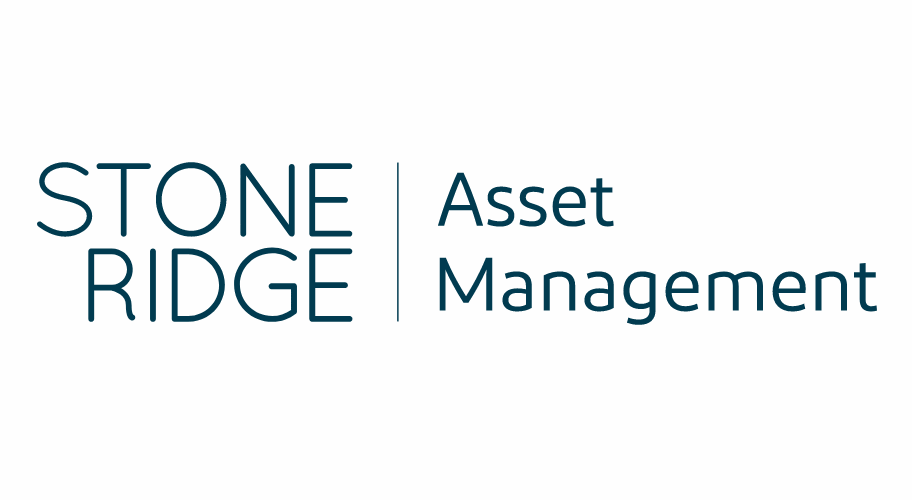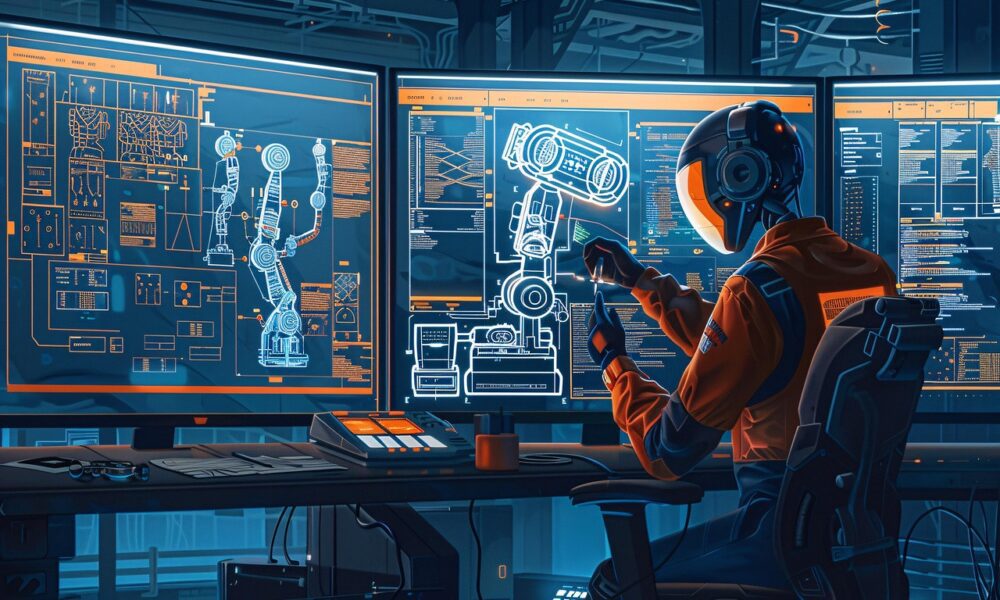Charles III will end his seven-decade wait to be crowned king on Saturday, in a gilded spectacle celebrating the monarchy’s medieval roots and attempting to position it to survive the current era of technological and social change.
Charles, who legally became king after Queen Elizabeth II’s death in September, is due to formally receive St. Edward’s Crown during a religion-infused ceremony in Westminster Abbey. The event is expected to put enduring British soft power on display as some 2,000 dignitaries, spiritual leaders and celebrities watch on, with thousands gathering on London’s streets and millions more tuning in from around the globe.
The coronation features a streamlined guest list and a truncated parade route compared with the ceremony that confirmed Elizabeth’s reign in 1953. Still, many of the traditions and paraphernalia remain, from the gold-covered carriages and the horse guards to the 700-year-old throne and the ancient spoon that will be used to anoint the king. Charles’s wife, Queen Camilla, will also be crowned.
“This is not just a spectacle,” Sunak said. “It’s a proud expression of our history, culture, and traditions, a vivid demonstration of the modern character of our country and a cherished ritual through which a new era is born.”
Guests include prominent British political figures led by Sunak, the country’s first Hindu premier, who will give a Bible reading as part of the proceedings. Opposition Labour Party leader Keir Starmer and former premiers John Major, Tony Blair, Gordon Brown, David Cameron, Theresa May, Boris Johnson and Liz Truss are also expected to be in the congregation.
Members of the Royal Family led by Prince William, the heir to the throne, will take part in the ceremony. Prince Harry will also attend despite a very public falling-out with his family — but his wife Meghan will not be there.
Support for retaining the monarchy sits at 62%, according to a YouGov poll of 2,030 Britons published this week. However, younger Brits are more likely to want an elected head of state, with just 36% of 18-24 year olds wanting to keep the Royals.
Security at the coronation events will be tight amid the prospect of protests by republicans and climate activists, and London’s Metropolitan Police will have more than 11,500 officers on duty in what the force describes as the largest one-day mobilization in decades. Facial recognition technology will identify criminals in the crowds, according to the police — a move described as “Orwellian” by civil liberties group Big Brother Watch.
Some 4,000 workers in Britain’s National Health Service and military veterans have been given seats at a screening of the event in front of Buckingham Palace. Tens of thousands of people are expected to visit the capital, the government said in a statement, with thousands of street parties organized across the country. A concert will be held on the grounds of Windsor Castle on Sunday.
King Charles will first travel from Buckingham Palace to Westminster Abbey in the Diamond Jubilee State Coach, an Australian-built carriage with electric windows and air conditioning. The so-called “King’s Procession” will move down Pall Mall toward Trafalgar Square, then along Whitehall, past the Palace of Westminster, before reaching the Abbey.
One part of the service will be shielded from the sight of the congregation and television cameras: when the monarch is anointed with holy oil by Welby, using a silver-gilt spoon dating from the 12th century — the oldest object used in the ceremony. Sitting in the coronation chair, Charles III will then be dressed in priestly garments and handed regalia including spurs, a word, an orb, a scepter and a cross.
After the service, the king will take the Gold State Coach, the iconic carriage built in 1762 that has been used at every coronation since 1831, on a 30 minute “Coronation Procession” back to Buckingham Palace at a walking pace. The Royal Family will appear on the palace balcony to conclude the day’s events. Weather permitting — rain is forecast — there will then be a fly-past involving members of the Royal Air Force and the Red Arrows.





